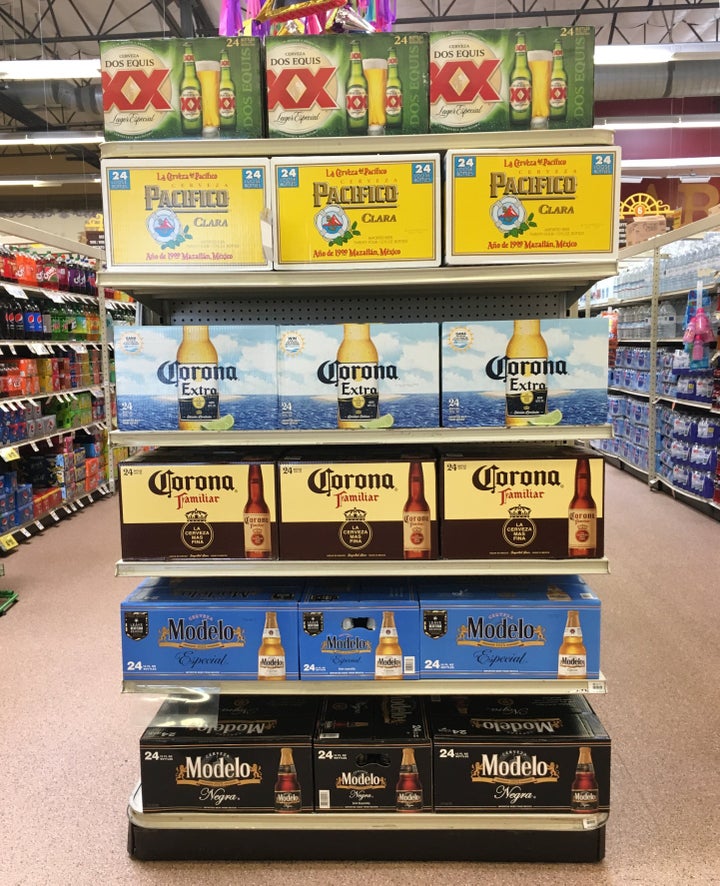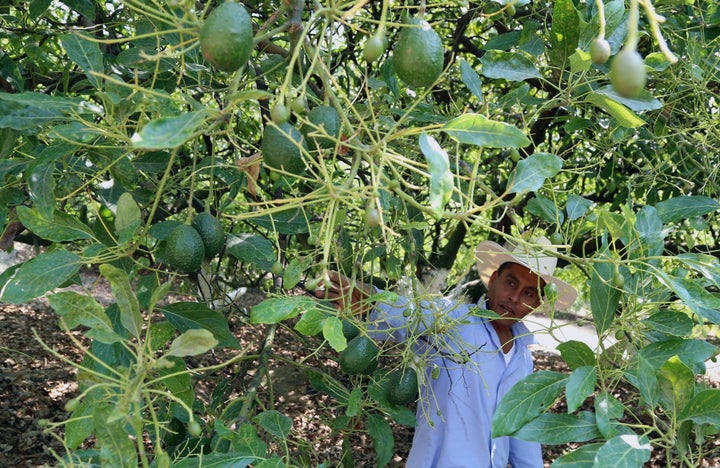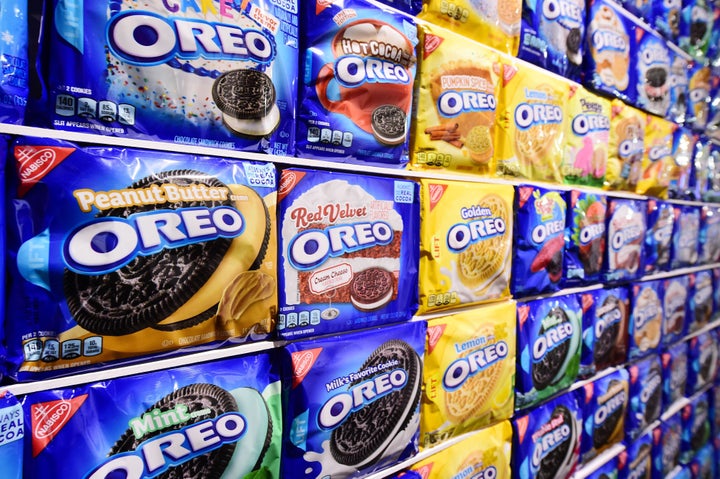It’s no secret that some of Americans’ favorite foods will cost more if President Donald Trump ever goes through with his threats to impose tariffs on goods imported from Mexico.
More than 80% of the avocados consumed in the U.S. annually come from south of the border. Then there’s Patron, a top-selling tequila that’s made in Jalisco, Mexico. And perhaps most surprisingly, there’s America’s favorite cookie, the Oreo. Now that Mondelez has moved most of the production to Mexico, Oreo cookies are one of the many Nabisco packages that now sport the words “Made in Mexico.”
Trump threatened on Twitter May 30 to impose a 5% tariff on all goods coming into the U.S. from Mexico unless the Mexican government took stronger action to curb immigration. Trump withdrew the threat on June 7, but said he could still impose tariffs if he’s unsatisfied with the flow of migrants to the U.S. after a 45-day review. So, while prices are stable for now, let’s take a look at just how much of Americans’ food comes from Mexico.
First, let’s clear something up.
There seems to be some confusion when people hear the words “tariffs” and “Mexico.” Some people, including the president himself, apparently misunderstand that this would result in a direct hit on the economy of Mexico. According to Salvador Garcia Valdez, president of the Growers Union of Baja Peninsula in Mexico, that’s incorrect. U.S. buyers would, in fact, be hit the hardest.

Valdez told HuffPost that one of every two tomatoes in the U.S. comes from Mexico, a total valued at about $2.3 billion annually. Any tariffs, he said, would be paid by the “importer of record,” not by the Mexican growers. Therefore the punishment would fall directly to the U.S. buyer, and United States importers would be paying the 5% to 25% tariff or pay-to-play fee if Trump follows through with his threats.
And when an importer pays more, it will charge more to the customer. The price increases will show up in liquor stores, grocery stores, restaurants, hotels and more, hitting U.S. customers squarely in their bank accounts.
Jessica (Roden) Berry, the former market manager for Patron and former sales director for Casa Dragones, confirmed that all tariffs on tequilas or any other food or beverage item will be passed directly to the consumer. With prices on some tequila already high, any increase would definitely have an impact on sales, she said.
Alex Malo, a restauranteur, and Sean Halligan, a hospitality consultant, concurred. Halligan added that across the board, there is no doubt that tariffs will come out of the pockets of U.S. consumers.
Lola Aguirre, a senior partner at a law firm specializing in foreign trade that represents the Mexican tomato industry, agreed that U.S. consumers would end up paying for the tariffs. “All food imports from Mexico would become more expensive,” she told HuffPost. Half of the food imports into the U.S. from Mexico are fruits and vegetables. This equates to 10 million metric tons, and just under 40% of U.S. imported fruits, vegetables and nuts, at a value of $12.4 billion.
Here are some details to show the vast numbers, in wholesale dollars, that the U.S. imports from Mexico annually:

Avocados
The U.S. annually imports 1.7 billion pounds valued at $2.33 billion.
Tequila
In 2017, the total U.S. consumption of tequila amounted to nearly 17.4 million nine-liter cases. In 2018, 183 million liters of tequila were imported into the U.S. from Mexico. An average of about 43.5% of Americans ages 18 to 60 consumed tequila during a three-month period in 2018.
Cerveza
Americans like their beer, and that includes cerveza from Mexico, which sends $2.9 billion worth of beer to the U.S. each year. While domestic beer consumption is on a slight decline, the demand for Mexican beers is increasing.

Snack foods
Snacks like Oreos, Chips Ahoy and Ritz Crackers, which are produced by Mondelez International in Monterrey, Mexico, contribute to the $2.2 billion in snack foods imported annually. A package of Oreos that sells for $2.99 would be upwards of $4 with a 25% tariff (which would be the worst case scenario under Trump’s threat to begin tariffs at 5% and increase them to 25%) added to the retail price.
Onions
About 74% of the United States’ onion supply comes from Mexico.
Tomatoes
About 50% of the tomatoes consumed in the U.S. come from Mexico, for more than $2 billion annually. Think spaghetti sauce, hamburger slices, salsa, soups and ketchup.
Processed/frozen fruits and vegetables
It is not just fresh produce imported to the U.S., but also processed and frozen fruits and vegetables, valued in the neighborhood of $1.7 billion.
One might like to think the United States can replace the imported fruits and vegetables with crops planted and grown on American soil. But weather conditions, available land, financing, the availability of farm workers and more are elements of the equation that won’t come together to meet the supply equal to what we are importing.
Even if we could, how long do you really want to wait for an avocado pit to grow into an avocado? Also, keep this in mind: It takes at least 8 years to make a bottle of tequila, and anything produced outside of Mexico from blue agave is actually called mezcal. It’s unlike any other distilled spirit, and tequila can only be made in Mexico (although there are Americans making an attempt). With the current demand as high as it is, the U.S. can’t replace tequila domestically.
Sure, we could go without a lot of other items that we import from Mexico, but food is non-negotiable for survival. Mexico is the largest supplier of agricultural imports to the United States, totaling a whopping $26 billion in 2018. The reality is that we need food imported from Mexico, and the bottom line is that any tariffs on Mexican imports will have a negative financial impact on Americans. Whether that’s 5% or 25%, be prepared to spend more if Trump changes his mind … again.
